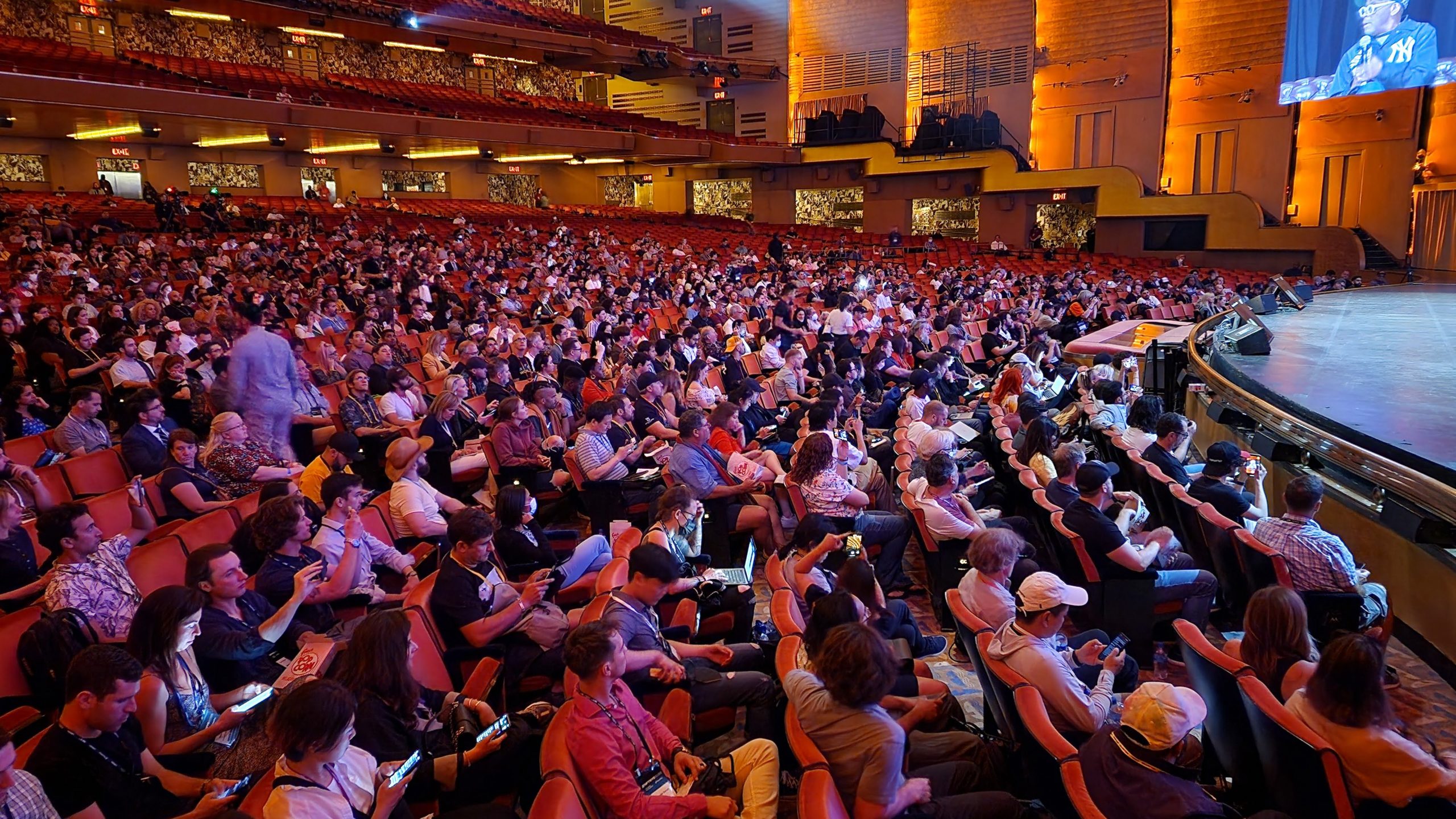Considering the current state of the continuously growing NFT market, the allure of in-person events is undeniable. A spinoff of the many crypto conventions of old, NFT conferences act as both a celebration of community and summits showcasing advancements in industry innovation. But why are they often so tiring, and at times even disappointing?
Of course, each NFT event is unique. And interacting face-to-face with fellow NFT enthusiasts in lieu of everlasting DMs and emails is definitely a cause for celebration. But what is the true utility of lengthy and expensive conferences? In 2022, are these conferences themselves actually worth the headache? Or are we attending for a different reason? Let’s explore.
Expectations vs. reality
While Kyle’s (above) recap is not at all an indication of the universal NFT event experience, it paints a humorous caricature of the cons associated with being a blockchain degenerate (degen). Whether you’re a general NFT enthusiast, budding crypto-artist, or high-level collector, the pitfalls of being interested/involved in the NFT space are unavoidable. And when degens get together to meet, especially on a large scale, best believe the awkwardness is translated to whatever NFT events they choose to host.
From NFT | LA to ETHDenver to NFT.NYC, it’s beginning to seem like many conferences are finding it difficult to measure up to the expectations of the greater NFT community. This isn’t to say that all NFT conferences are a failure, quite the contrary. But as the NFT industry, although largely still under development, houses a melting pot of venture capitalists, publicists, event coordinators, and more (in addition of course to artists and collectors), these meetups just don’t feel quite as robust as they maybe should.
Considering fanfare begins weeks and months prior to these actual events going down, the inability to deliver — either on a big or small scale, and whether it be due to internal conflicts, unpreparedness, or external factors beyond control — has left many NFT conferences striking a resemblance to the populace of PFP projects flooding the market. That is to say, many seem to bite off more than they can chew, laying out complex roadmaps to only fall short of their aspirations.
Take NFT.NYC for example. A conference that grew from 500 to 1,500 speakers in less than a year, despite widespread calls for more distilled and thoughtful programming. In November 2021, NFT.NYC went off without a hitch. The flow of the conference was a bit awkward, understandably so, but regardless, the event was praised as a major triumph. Yet just seven months later, the June 2022 iteration was lambasted by displeased attendees and industry professionals as nothing more than a money grab.
With many of these multi-day events presenting high admission prices and rampant scheduling errors, it’s become a daunting task even to attend a conference’s keynote let alone peruse the event’s numerous venues that are nearly always overpopulated with vendors. Of course, planning such an event is surely a feat in and of itself, but it seems telling that the official programming of any given conference tends to be much less popular and interesting than the many satellite activations and events running concurrently with the conference.
Grievances aside though, many of the major NFT conferences are still hailed as a success at the end of the day. Once the frustration surrounding event logistics dies off, and sometimes even more immediately after an event concludes, NFT community hubs are flooded with pictures and kind words from those that attended.
So what gives? How can NFT enthusiasts be playing both sides?
What is the true allure of NFT events?
Perhaps, the answer to the question of “true allure” is simple, if not obvious. But the actual utility of NFT conferences is undoubtedly the convergence of the diverse communities that make up the NFT ecosystem. Names, brands, and projects that exist only solely online are incentivized to make the trek out to the same city at the same time.
Rather than hosting breakout sessions during the conference though, many NFT entities opt to unveil immersive art activations, host IRL experiences mirroring their blockchain endeavors, and host massive parties for their communities to enjoy. It’s through these many NFT-themed and funded external events such as Zoratopia and LVCIDIA that we hear word of the resounding success of NFT events.
Beyond partying though, IRL NFT events find success in the way that they force us to leave the comfort and safety of solitude. While not every NFT collector fits the “20-something, living in mom’s basement” stereotype that the community has adopted as a self-deprecating identifier, having the ability to put other dealings on pause to celebrate the collective NFT culture with the people actively creating said culture is worthy of praise.
At the end of the day, it’s the officially organized NFT conferences that are so often subject to criticism (even nft now’s) that are to thank for celebrations and satellite events.
Yet perhaps a singular conference shouldn’t be acting as the focal point of NFT celebrations in the first place. Rather, it could benefit the greater NFT ecosystem if a more central and all-encompassing “NFT Week” (maybe similar to the music industry’s Miami Music Week) were established to lower the barrier of entry for average enthusiasts while aiding to avoid the displeasure of attendees.
Is this wishful thinking? Maybe. But a change in the cookie-cutter mechanics of in-person NFT events could yield positive results as these IRL experiences continue to spread across the globe.




